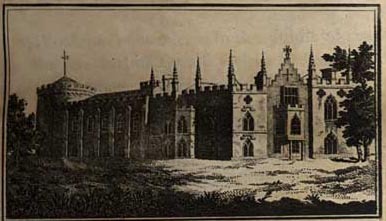Novels
The novel was the most popular form of reading material among the general public in the 1700s. Early in the century, most novels were fantastical romances and they appealed mostly to women. The goal of novel writers (many of whom remained anonymous) was to entertain readers, not to challenge their minds. A debate arose over the “moral dangers” of novel reading; critics feared that novels would hamper a taste for “serious reading,” and that young women’s values and expectations about reality would be distorted.
However, three major novelists emerged who injected the genre with a new measure of respectability. Daniel Defoe, Samuel Richardson, and Henry Fielding penned works that were more realistic, moral-reinforcing, and intellectual than previous novels. The debate shifted in the last half of the century from whether novels should be read at all, to what kind of novels should be read. The novel had become accepted as a legitimate and valuable form of literature.
One particular genre invented in the 18th century is the gothic novel. The first such work was Horace Walpole’s The Castle of Otronto (1764). Some scholars link the rise of the somewhat disjunctive, mysterious gothic novel with the struggle to develop the modern self—a key issue in the inquisitive climate of the Enlightenment and the emotional Romantic period that followed.

